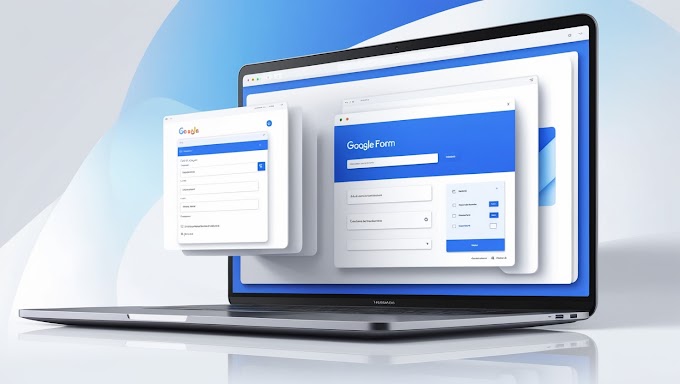Google Forms, a component of the Google Workspace suite, serves as a versatile tool for data collection and survey management. Its user-friendly interface and robust functionality have made it a popular choice for both individuals and organizations. This essay explores the applications, primary functions, features, and benefits of Google Forms.
Creating a Google Form is a straightforward process that begins by accessing Google Forms through your Google account. Once on the platform, you can select a blank form or choose from a variety of templates. To add questions, utilize the “+” icon, which allows you to select different types of inquiries, such as multiple choice, checkboxes, or short answers. Additionally, you can customize your form’s appearance by adjusting the theme and adding images or videos. After populating the form with your desired questions, you can distribute it via email or by sharing a link, ensuring that your audience can easily provide their responses.
Firstly, the applications of Google Forms span various
fields, including education, business, and event planning. Educators utilize
this tool to create quizzes and gather feedback from students, while businesses
leverage it to conduct market research or manage customer feedback.
Furthermore, event organizers can use Google Forms to register participants and
gather necessary information efficiently.
The core functions of Google Forms revolve around data collection and analysis. Users can design customized forms, incorporating various question types such as multiple-choice, short answer, and checkboxes. Once distributed, responses are automatically collected and stored in a Google Sheets spreadsheet, enabling easy access and analysis of the data. This seamless integration facilitates real-time data visualization and helps users derive insights swiftly.
Google Forms is equipped with numerous features that enhance
its usability. Notably, it allows for template creation, which saves time for
recurring surveys. Additionally, users can customize forms with themes, images,
and logos, enabling brand alignment. Google Forms also provides options for
response validation, ensuring that the data collected meets specific criteria.
Moreover, features such as automatic email notifications and response summaries
contribute to a more streamlined data management process.
Google Forms is a versatile tool that allows users to create
surveys, quizzes, and forms with ease. Notable features include customizable
templates, various question types such as multiple choice and text responses,
and an intuitive drag-and-drop interface. Additionally, Google Forms offers
real-time collaboration, enabling multiple users to edit simultaneously, as
well as automatic data collection and analysis through integration with Google
Sheets. The platform also supports response validation and branching logic,
ensuring tailored experiences for respondents. Its accessibility across devices
further enhances its utility for educators, businesses, and individuals alike.












